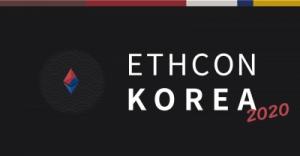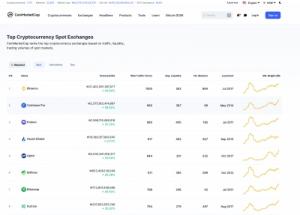
Global Blockchain IoT Market Growth, Trends, and Forecast Report 2020-2025: Market is Expected to Register a CAGR of 40%
The blockchain IoT market is expected to register a CAGR of 40% over the forecast period, 2020 - 2025
With the rapid development of communication technologies, the Internet of Things is experiencing exponential growth, both in research and industry, and is getting out of its infancy to a maturity phase with the volume of data generated, transmitted, and processed. However, it still suffers from pitfalls, such as privacy and security vulnerabilities, that are leveraged by the asymmetric cryptography of the blockchain technology.
The traditional IoT systems are powered by centralized topology where data is transmitted from physical devices to the cloud, where the data is processed using analytics and output is received back to the IoT device, but the increase in the frequency of network devices limits the scalability of the IoT platforms and risks it with vulnerabilities that would eventually compromise users' network security and privacy.
For instance, in 2017, the US FDA (Food and Drug Administration) announced that St. Jude Medical's implantable cardiac are vulnerable to hack due to vulnerabilities in the transmitter powered by IoT which were deployed to monitor the patient heart function and control heart attack. Also, few of the infamous IoT attacks include Mirai Botnet DDoS attack that affected internet service for the entire East Coast of America, including Netflix, Reddit, and Twitter.
The blockchain powered by decentralized architecture and cryptographic encryptions leverages the IoT platform by ensuring the privacy and security in a peer-to-peer network. However, it requires high computational power, resulting in higher bandwidth overhead and delay.
Furthermore, centralized architecture, such as cloud model that powers traditional IoT, results in latency, high cost, and the risk of single point of failure. Blockchain technologies, on the other hand, provide security protocols and infrastructure that enable billions of IoT devices to have trusted interoperability for both data and commerce.
The financial institutions and other major companies are usually inherently slow in adopting any new technology but banks and financial institutes, such as HSBC and Deutsche Bank, that are exploring the potential of blockchain technology added with the flexibility IoT open up innumerable use cases to run smart operation, leveraging the everyday devices equipped with sensors and thereby achieving more efficiency.
The rapid growth of urbanization and government initiatives across the world foster the demand for smart cities. The smart cities are entitled to problems, such as high operation cost of the data center, poor security of IoT, and equipment maintenance, among others. However, technologies, such as blockchain IoT, would provide the necessary infrastructure for transaction management, asset tracking, and smart contracts, while ensuring security and transparency, and thereby, increasing the operational efficiency.
For instance, smart city developer Hancom Group announced that its 470 acres smart city project, Gapyeong Malang Malang Smart Ecosystem, will be incorporating blockchain as the basis for development.







